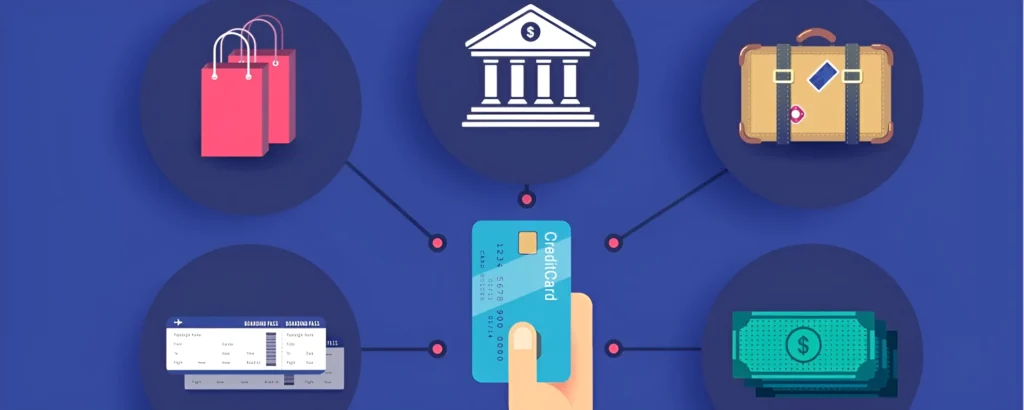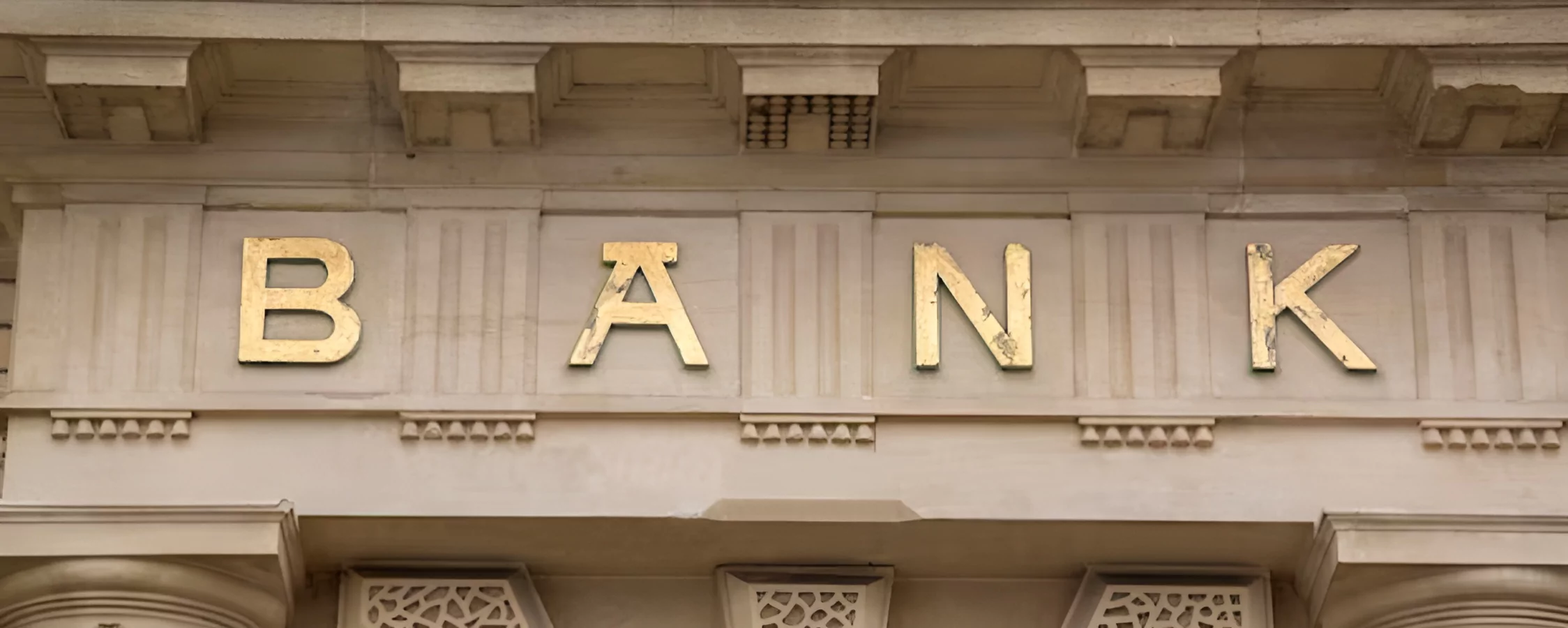What Is Open Banking?
Open banking refers to the use of application programming interfaces (APIs) by third parties to build applications and services around a bank’s core infrastructure. This allows customers to securely share their financial data with other applications.
The concept first gained traction in Europe through the revised Payment Services Directive, which mandated banks open up customer data access to licensed third parties starting in 2018. This facilitated the development of aggregator services that consolidate financial data from multiple providers. Now major global banks are also embracing APIs to grant innovative partners access to payment and account information with customer consent.
What Kind Of Services Does Open Banking Offer?

By allowing data from a bank to be integrated into other applications and services, open banking spurs the creation of many valuable products for customers. Payment initiation services let users pay bills directly from account aggregators. Loans and mortgages can be more easily explored and applied for across different lenders through open banking.
Wealth management advisors gain a holistic view of clients’ finances to improve recommendations. Budgeting and expense trackers help people manage money smarter by pulling live transaction data. Customers also benefit from services that automatically optimize savings rates or investment portfolios based on real balances and flows between accounts.
What Value Does Open Banking Offer To Customers?
Traditional banking presented users with fixed choices within walled gardens controlled by individual institutions. Open banking shifts the model towards open platforms that deliver more personalized experiences through third-party innovation. Customers gain convenience by accessing all accounts alongside tools for improved financial habits. They gain empowerment by choosing applications attuned to specific needs versus standardized offerings.
Vibrant competitions between open services and banks drive better user experiences, lower costs, and higher yields over time too. Transparency into personal data usage provides comfort over privacy and security standards applied by vetted partners too. Overall, open banking enhances customer value through constant progress on both user experience and competitive market dynamics.
Which Regulations Govern Open Banking Internationally?
The European Union’s Revised Payment Services Directive established the foundation for open banking in its member nations. Similar rules emerged through Australia’s Consumer Data Right regime and initiatives like the UK’s Open Banking Standard. In the U.S., banking regulators approved a voluntary framework. Canada and Mexico are also developing open banking guidance. While regulations vary on APIs, data formats, and security requirements, they share the aim of rebalancing the industry by mandating access for third parties with appropriate consent procedures. Continued efforts to establish common international standards are critical for open banking to realize its full promise on a global scale as innovation crosses borders.
How Have Banks Adapted To Open Banking Models?

Initially facing external disruption pressures, banks have begun embracing open platforms that tap third-party capabilities rather than compete directly. Those in charge create “open” marketplaces or innovation labs to spur eco-system growth, gain customer insights, and stay relevant in burgeoning areas like B2B payments.
Participating banks set API terms governing access to key data and develop frameworks with partners like aggregators or fintechs. Integrating their core infrastructure in open, standard ways generates additional revenue streams through licensing access or via joint products. Meanwhile, regulations force traditional providers to extend beyond legacy businesses into competitive adjacency spaces unattainable within closed systems.
What Role Do Aggregators Play In Open Banking?
Financial data aggregators serve as key third parties enabling open banking’s promised benefits. By developing client-permission connections securely bridging bank accounts through standardized APIs, aggregators eliminate technological barriers to portability.
This unlocks tailored experiences from across the industry. They also perform crucial KYC checks on linking users and consolidating data access to minimize banks’ risks interfacing directly with many third parties. Aggregators maintain a consistent customer view across traditional and emerging providers through consistent UX. Regulations position such neutrals connecting all participants as one of open banking’s core success drivers in practice matching its potential in theory.
What Are The Security Issues?

Naturally, opening access to sensitive banking interfaces poses new attack surfaces that require diligent risk management. Banks and third parties face heightened responsibilities to safeguard user permissions, personal details, and account transactions from unauthorized use or theft.
This necessitates strict KYC onboarding for partners and enforcing encryption, multifactor authentication, and standardized API protocols. Data leakage, hacks, and fraud represent significant compliance, operational, and reputational issues. Constant monitoring of activity and regular security audits become baseline best practices for maintaining consumer trust in open systems. Standards evolve towards even self-sovereign digital identity solutions putting individuals in full control of access to their data.
What Challenges Remain Globally?
While open banking drives innovation and greater efficiency, growing pains across regulatory, business model, and technical dimensions signify the concept still evolving. Standardizing APIs, data formats, security, and consent rules globally lags behind local initiatives.
Smaller banks disproportionately bear the overhead costs of integration. Measuring true business value and return on investment remains challenging. The user base needs critical mass interacting directly or through third parties to justify costly development. Incumbents confront risks of losing strategic control, facing margin pressure, or being unable to manage disrupted models. Technical debt issues also emerge when integrating aging core infrastructure in open architectures. Resolving these challenges ensures open banking fulfills the promise of ubiquitous opportunities driving the next era of financial services development.
Conclusion
Open banking frameworks have begun revolutionizing consumer and institutional relationships with financial providers since first mandated in Europe. By lowering barriers for approved third parties accessing core bank data via permission standardization, open banking spurs innovation, competition, and customization enhancing users’ experience and value propositions across industries. Continuous regulatory cooperation laying common international guidelines promises to accelerate benefits as challenges around business models, security and standards maturity clarify amid digitization’s rising momentum.












